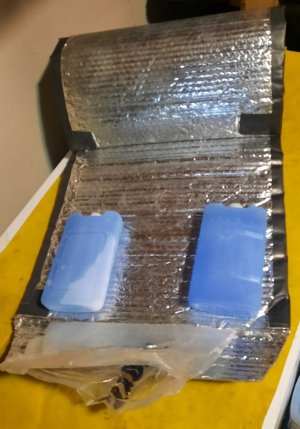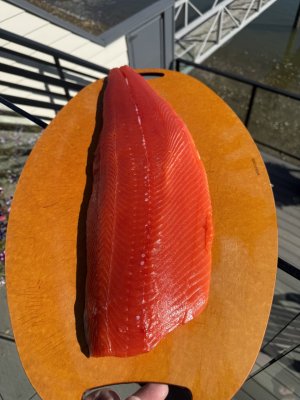For me filling my freezer with quality protein is top priority while harvesting. I have always used salt ice and buried my catch within 15 minutes of catching. The last trip I was on there was no salt ice option and even fresh water ice was hard to find. I talked to multiple guys at the dock who say they never ice their fish…!? One said he puts his in his fish well and covers his catch in salt water, freshening it up every half hour, another said he keeps his in fish box and just sprays it down every once in a while. As convenient as this sounds I would imagine the quality would be jeopardized by doing this. What are your thoughts, hacks or ideas for keeping quality up when salt ice is not available?





